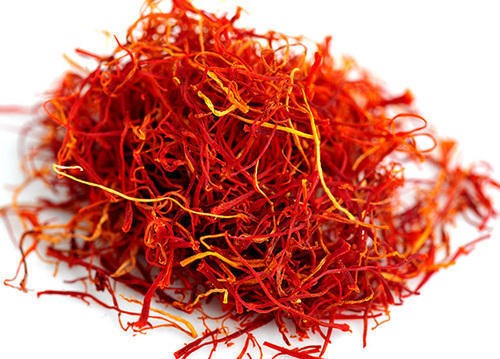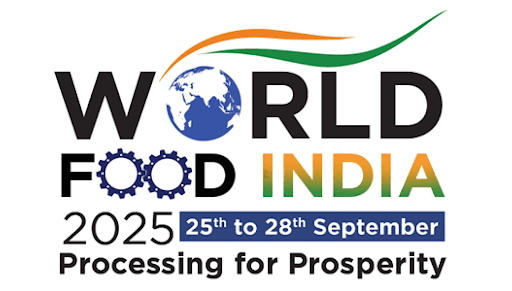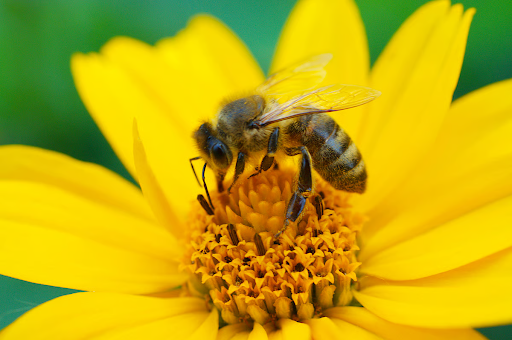




Disclaimer: No Copyright infringement intended.
Context
Saffron production
Kashmir saffron
Types
Boosting Saffron Exports
https://www.thehindu.com/news/national/other-states/kashmir-saffron-gets-gi-tag/article31484569.ece




© 2025 iasgyan. All right reserved